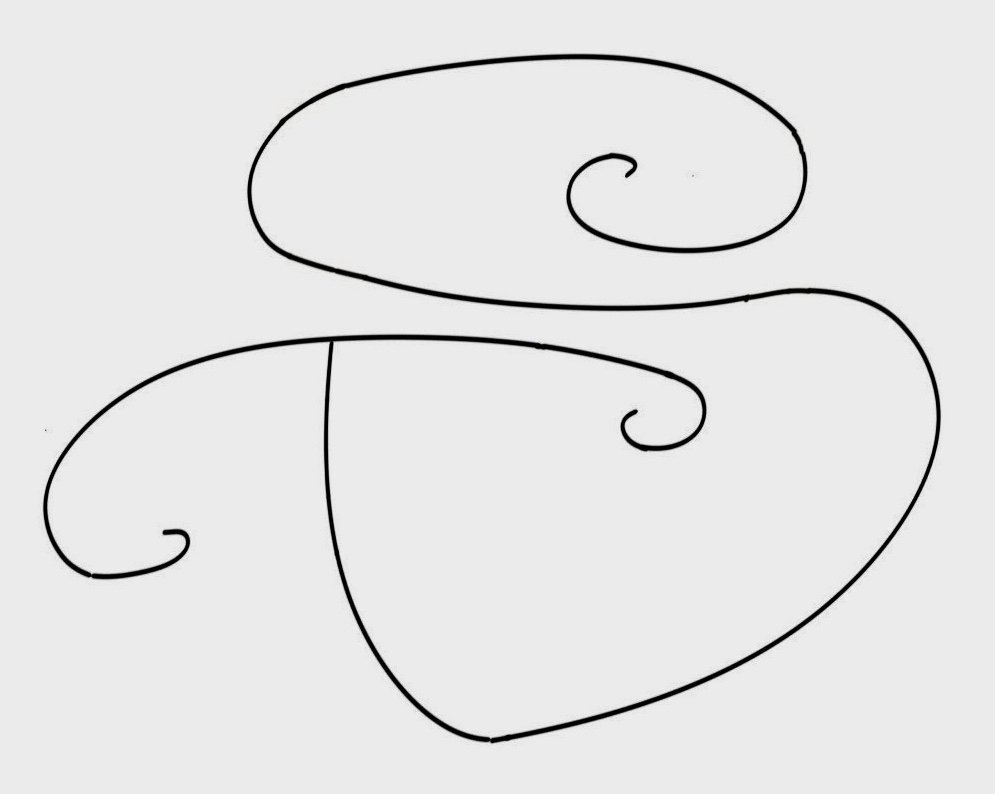1. Tell us your story of how you came to be a sculptor?
· Growing up on a rural property in central Italy near Catignano, I remember being absorbed by visual forms such as the snow-capped Apennines and the turbulent cloud formations. I was fond of lying back on the ground and floating along with the clouds.
· My family migrated to Australia in the 50s and settled in Brisbane, and as a ten-year-old enjoyed the generous servings of T-bone steak with mashed potatoes and pumpkin in my Aunt Lucia’s café in Woolloongabba. Fortunately, my education…primary, secondary and tertiary was all free. I studied and practised the arts, architecture and film and always in the background of my mind was a deep desire to create art. Working many years as an architectural designer, teacher of film in high school and building several houses, that deep desire forced itself to the surface and demanded expression.
2. You are based in Granite Belt Country near Girraween National Park, a place of extraordinary natural sculptural forms. Tell us how you create a relationship between your work and that of nature.
· I began creating sculpture in the backyard of our suburban Brisbane home much to the consternation of neighbours. The power tools and the dust were not compatible with suburbia. There was a need to break out from the 40 perch block and thus began the search for the perfect isolated haven. Discovering the Granite Belt was like encountering an aspect of myself reflected in the landscape, a powerful love affair ensued. My wife, Ann-Marie and I bought 100 acres in Ballandean next to Girraween National Park. Walking through the ‘chaotic’ Australian bush, the multitude of colourful plants sinking roots under boulders, the suggestive granite forms balancing on slender bases and the shapely half-burned tree trunk remnants of bushfires were goading me to create.
· The decisive impetus was the highest point of our 100 acres where a large rock face formed a huge plinth surmounted by balancing, exquisite granite forms. It was a decisive pivotal point, the much-needed insight to let go of the obsession to create the ‘perfect masterpiece’ and establish a nature/sculpture partnership. My art had found the perfect setting.
· We established a winding art trail through 5 acres of compelling Granite Belt country. The sculptures were placed strategically, encouraging visitors to take time to look closely be absorbed and savour the experience of
juxtaposition of natural forms resulting from processes of ancient erosion and crafted sculptures. After the walk, discussion takes place over coffee in the gallery. In an informal setting, everyone is encouraged to express their reactions. Often, comments reveal deep experiences and personal insights.
3. Tell us about your process of capturing an idea as a sculptural form.
The genesis of a sculpture is often through my wanderings in the Granite Belt landscape. The internalised experiences of this meandering influence the sculpture in unconscious, intuitive ways.
4. What materials do you work with and how do match materials and ideas?
Using a range of materials, stone, wood, clay and steel, the initial step is never an a priori vision of the completed form.
A general initial concept in the process of shaping is influenced by the imperatives of the material. A steel rod sculpture may start as a simple, essential curve. The physical effort of bending and twisting inevitably meets material resistance eventually emerging as final sculptural product.
You have created your own sculptural park, TRABARTS, tell us about this place and what drives such a vision.
I am a long-term meditator and daily experience a state of undifferentiated consciousness expansion. This lively ‘tabula rasa’ is a source of creativity and a crucial aspect of my work as a sculptor.
The contemplation occasioned by Sculptures in Nature produces a similar form of transcendence and transformational potential.
5. Do you consider the nature trail a gallery? Does it only feature your work?
The trail is not a conventional gallery where one goes to appreciate the skill and insights of artists. It literally brings art ‘down to earth’ to dissolve the barrier between the artwork and the observer. The permanent installations in the trail are my own works. However, we are planning regular events at TRABARTS which offer opportunities for other sculptors to install works in the trail on a temporary basis.
6. Can you share a story about the homing of one of your works?
A much-loved Moreton Bay Fig tree in Mollison Street West End was tragically poisoned. The Brisbane City Council commissioned a memorial to be installed at the original site of the tree.
The concept was to pay homage to the iconic tree and comment on the vulnerable future of the multiculturally rich culture of West End. It is located within walking distance of the city and there is the inevitability of future change and development.
The Sculpture consists of a central steel core web referencing the original twisted nature of the tree. The bird forms emerging above suggest a resurgence of the poisoned tree. The sculpted wood elements from the original tree fastened to the perimeter connote the vulnerability of the unique, West End character.
The Mollison Memorial sculpture, complex in form and meaning presents a vision of reconciliation of contemporary steel and ancient wood form encapsulated by the title ‘INTEGRATION’
